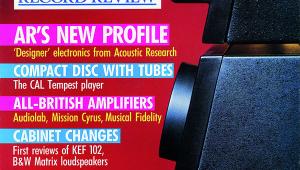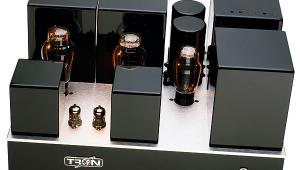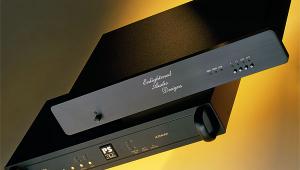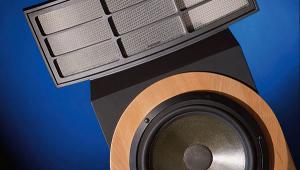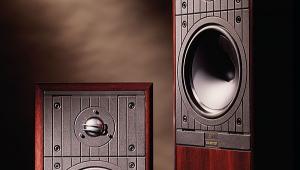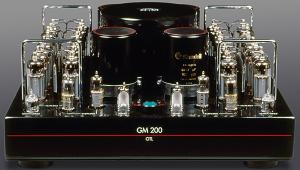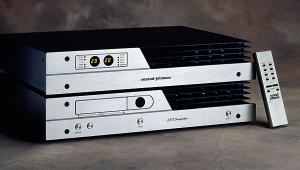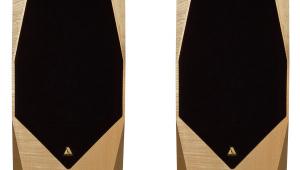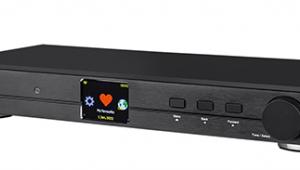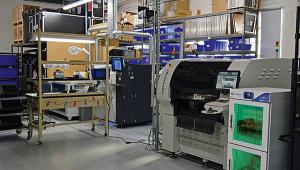Rogers Returns Page 2
Two Camps
Whoever 'fine-tuned' these amps certainly spent time discovering the differences in dynamic behaviour between the LS3/5a 'with and without'. However similar the topologies, the E-20a and E-40a differ markedly in performance, and they clearly position themselves not so much by the power demands of the loudspeakers they're to drive, but by the bass response and the behaviour of their tweeters.
In addition to Rogers LS3/5as and AB1 subwoofers, I tried Apogee Ribbon Monitors and the 'double woofer' LCRs, Bolero Kompakts and Sonus faber Concertinos, and the amplifiers fell into two camps: plenty of bass capability from the loudspeakers, go with the E-40a; less bass, stick with the E-20a.
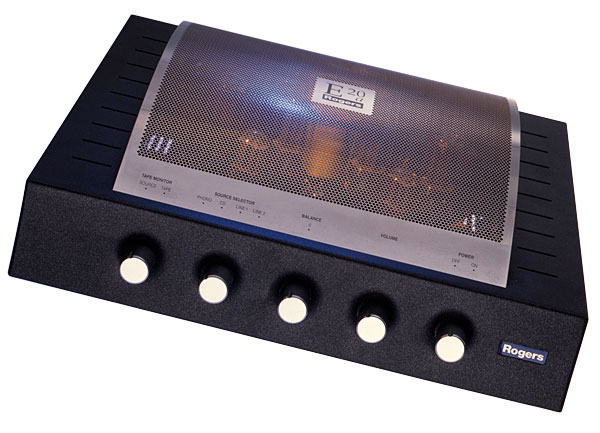
In situations where sensitivity isn't an issue, allowing you to listen to the amplifiers' sonic traits rather than their output capabilities, the E-20a emerges as the more refined, controlled and sweeter of the two. It offers clearer, cleaner treble, better left-right imaging, greater transparency, lower coloration and far better top-to-bottom consistency than the E-40a, but the larger amp has a few tricks of its own. It wins hands down for dynamic capability (surprise), bass extension and control, stage depth and transient control. When you shake this up and pour it out into the respective, recommended speakers, though, something else emerges.
Animal Tendencies
Sticking with the E-20a into LS3/5as and the E-40a into LS3/5as plus AB1 subwoofer, the differences were less marked. It's as if a corporate decision was made to 'voice' the two amps specifically for the speakers in that way. An LS3/5a minus a subwoofer, for example, doesn't allow you to hear weaknesses in the E-20a's lower registers, while an LS3/5a-plus-AB1 seems to absorb some of the E-40a's animal tendencies by channelling these excesses into the subwoofer.
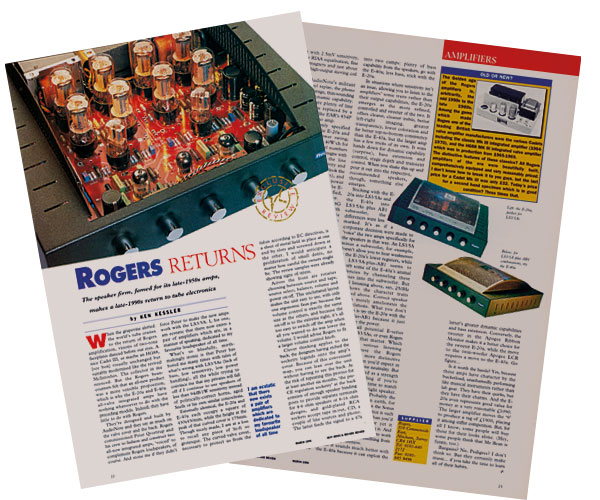
But careful listening above, say, 250Hz still shows the character traits already described. Correct speaker selection merely ameliorates the worst violations. What you don't want to do is try the E-20a with the LS3/5a-plus-AB1 because it just doesn't have the power.
But not all potential E-series buyers own LS3/5as, or even Rogers speakers, for that matter. Which means some serious listening sessions, because the Rogers amplifiers have more distinctive characteristics than you'd expect in these days of anodyne neutrality. But that can be regarded as a strength rather than a failing if you're prepared to take the time to match the amplifier to the right speaker.
Here's a for-instance: probably the hottest new speaker on earth for people of limited means, is the Sonus faber Concertino. Its balance is such that it delivers more bass than you'd expect of a tiny monitor yet it doesn't sound like it's faking it. And it has high enough sensitivity to work with the E-20a while benefiting from that amp's politeness.
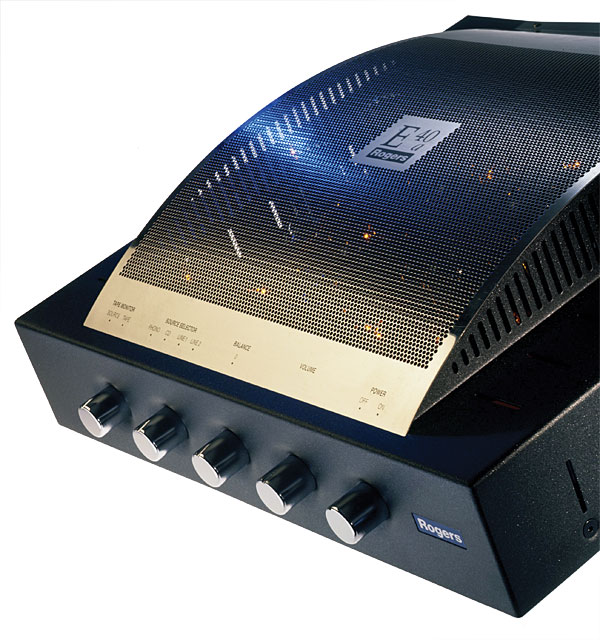
But it sounds much better with the E-40a because it can exploit the latter's greater dynamic capabilities and bass extension. Conversely, the tweeter in the Apogee Ribbon Monitor makes it a better choice for the sweeter E-20a, while the move to the twin-woofer Apogee LCR requires a move to the E-40a. Go figure... Is it worth the hassle? Yes, because these amps have character by the bucketload, unashamedly performing like musical instruments rather than lab gear.
Yes, they have their quirks, but they also have their charms. And the E-20a even represents good value for money at a very reasonable £1090. The larger amp moves the '9' to produce a tag of £1900, placing it among stiffer competition. But, for all I know, some people will buy these for their looks alone.
Are they bargains? No. Do they possess pedigree? I don't think so. But both these amps certainly make music... provided you take the time to learn all of their habits.


